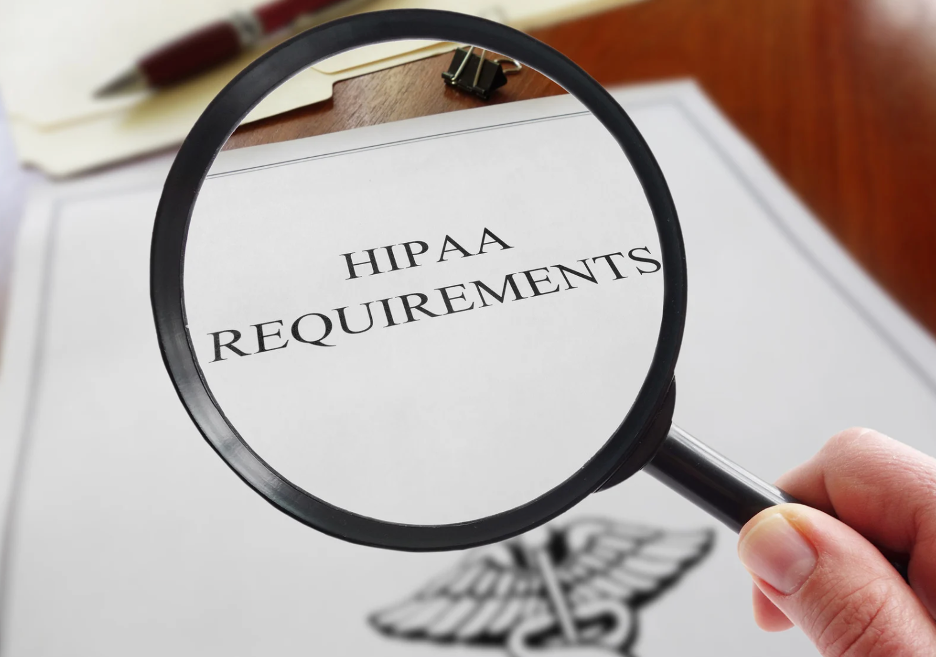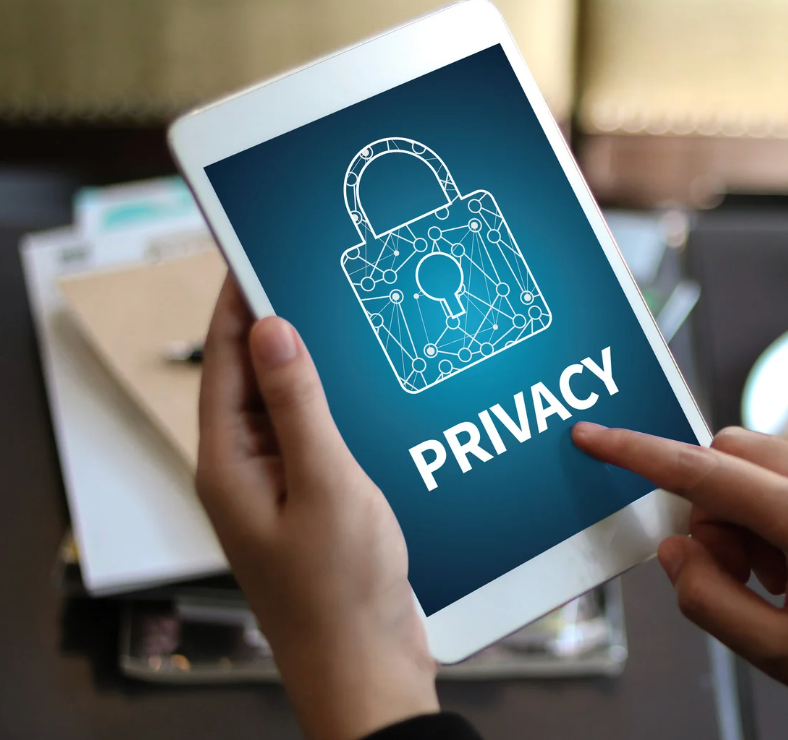Frequently Asked Questions
Can healthcare professionals text patient information?
Healthcare professionals can text patient information, but they must ensure compliance with regulations like HIPAA. This includes obtaining patient consent, limiting information shared, and using secure messaging platforms to protect patient privacy.
What is HIPAA compliance for texting in healthcare?
HIPAA compliance for texting in healthcare refers to the adherence to regulations that protect patient privacy and secure health information during text communications. This includes obtaining patient consent, ensuring message security, and limiting shared information.
What are HIPAA guidelines for patient texting?
HIPAA guidelines for patient texting emphasize the necessity of obtaining patient consent, limiting shared information, ensuring access control, utilizing secure messaging platforms, and implementing clear policies to protect patient privacy and confidentiality.
What are HIPAA compliant messaging solutions?
HIPAA compliant messaging solutions are secure communication platforms specifically designed for healthcare providers to exchange patient information while adhering to HIPAA regulations, ensuring confidentiality and data protection in all messaging activities.
How do I become HIPAA compliant for texting?
Becoming HIPAA compliant for texting involves obtaining patient consent, limiting shared information, implementing access controls, using secure messaging platforms, and establishing clear policies for communication. Following these practices helps ensure patient privacy and regulatory adherence.
How to protect PHI in HIPAA compliant texting?
Protecting PHI in HIPAA compliant texting involves obtaining patient consent, limiting shared information, using secure messaging platforms, implementing access controls, and establishing clear organizational policies to guide communication practices.
How does HIPAA regulate texting with patients?
HIPAA regulates texting with patients by requiring healthcare providers to ensure the confidentiality and security of patient information. This includes obtaining patient consent, using secure messaging platforms, and implementing policies to safeguard sensitive data.
Can healthcare providers use SMS for patient communication?
Healthcare providers can use SMS for patient communication, but they must ensure compliance with regulations like HIPAA, obtain patient consent, and utilize secure messaging practices to protect sensitive information.
How do I ensure HIPAA compliance in messaging?
Ensuring HIPAA compliance in messaging involves obtaining patient consent, limiting shared information, implementing access controls, using secure messaging platforms, and establishing clear policies for communication. These practices help protect patient privacy and maintain regulatory standards.
What are HIPAA compliant texting solutions?
HIPAA compliant texting solutions are secure messaging platforms designed for healthcare providers to communicate with patients while ensuring compliance with HIPAA regulations. These solutions prioritize patient privacy and data protection through encryption and access controls.
What are the risks of non-compliant texting in healthcare?
The risks of non-compliant texting in healthcare include potential breaches of patient privacy, legal penalties, and damage to the organization's reputation. Such actions can lead to significant financial consequences and loss of patient trust.
What is secure messaging in HIPAA compliant texting?
Secure messaging in HIPAA compliant texting refers to the use of encrypted communication channels that protect patient information during transmission, ensuring confidentiality and adherence to regulatory standards while facilitating secure interactions between healthcare providers and patients.
What are the benefits of HIPAA compliant texting?
The benefits of HIPAA compliant texting include enhanced patient privacy, improved communication efficiency, and reduced risk of data breaches. This secure method ensures that sensitive information is shared safely, fostering trust between healthcare providers and patients.
How to ensure HIPAA compliance in texting?
Ensuring HIPAA compliance in texting involves obtaining patient consent, limiting shared information, implementing access controls, using secure messaging platforms, and establishing clear policies for staff. Following these practices helps protect patient privacy and maintain compliance.
How do I ensure HIPAA compliance in patient text messaging?
Ensuring HIPAA compliance in patient text messaging involves obtaining patient consent, limiting the information shared, implementing access controls, utilizing secure messaging platforms, and establishing clear policies for text communication.
Is texting patient information HIPAA violation?
Texting patient information can be a HIPAA violation if proper safeguards are not in place. To ensure compliance, healthcare providers must obtain patient consent, limit the information shared, and use secure messaging platforms.
Do HIPAA regulations apply to text messaging?
HIPAA regulations do apply to text messaging. Healthcare providers must ensure that any text communication containing protected health information (PHI) adheres to compliance standards to safeguard patient privacy and confidentiality.
What are best practices for patient texting?
The best practices for patient texting include obtaining patient consent, limiting the information shared, implementing access controls, using secure messaging platforms, and establishing clear texting policies. These steps help ensure compliance with regulations like HIPAA.
How to obtain patient consent for texting?
Obtaining patient consent for texting involves clearly informing patients about the nature of the communication, the type of information shared, and any associated risks. Ensure they provide explicit consent, ideally documented, before initiating text exchanges.
What information can be shared via text?
The information that can be shared via text includes appointment reminders, general health tips, and non-sensitive patient inquiries. However, it is crucial to avoid sharing any personal health information without explicit patient consent to ensure HIPAA compliance.
How to limit patient information in texts?
Limiting patient information in texts involves sharing only essential details necessary for communication. Always avoid including sensitive personal health information and ensure that messages are directed solely to the intended recipient to maintain confidentiality.
What tools ensure secure patient messaging?
The tools that ensure secure patient messaging include encrypted messaging platforms, secure email services, and patient portals that comply with HIPAA regulations, all designed to protect patient information during communication.
How to train staff on texting compliance?
Training staff on texting compliance involves providing comprehensive education on HIPAA regulations, emphasizing the importance of patient consent, secure messaging practices, and the implementation of internal policies to safeguard patient information during text communications.
What are common texting mistakes to avoid?
Common texting mistakes to avoid include failing to obtain patient consent, sharing sensitive information without limitation, neglecting access controls, using unsecured messaging platforms, and not implementing clear texting policies.
How to implement texting policies in healthcare?
Implementing texting policies in healthcare involves establishing clear guidelines that ensure patient consent, limit shared information, enforce access controls, utilize secure messaging platforms, and regularly review and update policies to maintain compliance with regulations like HIPAA.
What is the role of encryption in texting?
The role of encryption in texting is to protect sensitive information by converting it into a secure format that can only be accessed by authorized users. This ensures the confidentiality and integrity of communications, particularly in healthcare settings.
How to audit texting practices for compliance?
Auditing texting practices for compliance involves reviewing policies, assessing consent protocols, monitoring message content for sensitive information, ensuring secure messaging platforms are used, and evaluating staff training on HIPAA regulations.
What are the consequences of texting violations?
The consequences of texting violations can include legal penalties, financial fines, loss of patient trust, and damage to the healthcare organization's reputation. Compliance with regulations like HIPAA is essential to avoid these serious repercussions.
How to handle patient complaints about texting?
Handling patient complaints about texting involves listening actively, addressing concerns promptly, and ensuring compliance with privacy regulations. Establish clear communication policies and provide training to staff on appropriate texting practices to enhance patient satisfaction and trust.
What technologies support HIPAA compliant texting?
Technologies that support HIPAA compliant texting include secure messaging platforms, encrypted communication apps, and systems that provide end-to-end encryption and access controls, ensuring patient information remains confidential and compliant with regulations.



